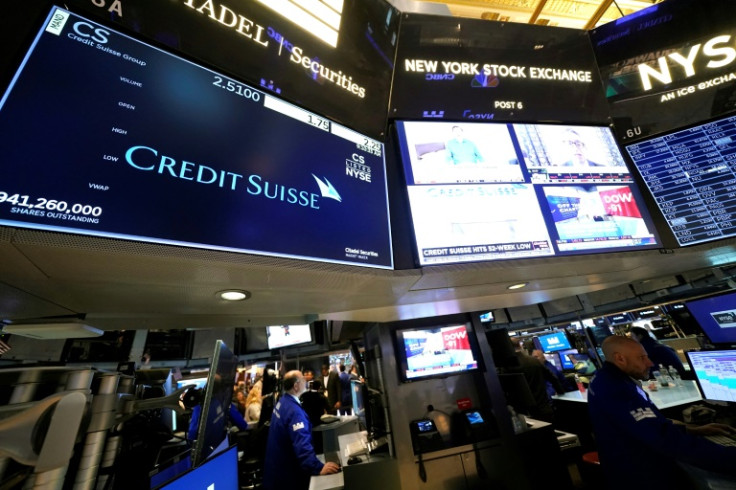June Jobs Report To Make Or Break Wall Street's Rally

A labor market report scheduled for release later in the week could make or break Wall Street's rally.
Investors on Wall Street got what they wished for last week: new data showing that the U.S economy is still growing as inflation is easing.
On Thursday, the U.S. Bureau of Economic Analysis said that for the first quarter of 2023, the U.S economy grew at an annual rate of 2%, well ahead of previous estimates of 1.3% and market forecasts of 1.4%.
That's thanks to robust consumer spending, up 4.2%, above the 3.8% in previous estimates, and a 7.8% jump in exports.
On Friday, the U.S. Bureau of Economic Analysis reported the Fed's favor gauge of inflation, the personal consumption expenditure price index (PCE), for May 2023. It registered an annual increase of 3.8%, down from 4.3% in April.
The May reading is the lowest since April 2021, thanks to decrease in energy costs and an easing in food price hikes.
Meanwhile, core PCE, which excludes the volatile components of food and energy, rose at an annual rate of 4.6%, below April's 4.7% increase and market expectations of 4.7%.
Some Wall Street old-timers call the combination of a slowing economy and the easing of inflation a "soft landing." Others call it the "Goldilocks economy."
But they all agree that a soft landing or Goldilocks economy is a better situation than the alternative, an economy of lower inflation and negative economic growth, leading to an outright recession.
"PCE inflation continues to ease, slowly but surely," David Russell, Vice President of Market Intelligence at TradeStation, told International Business Times. "Friday's reading caps off an amazing week of economic data after the GDP revision painted an increasingly 'Goldilocks' scenario. Markets are starting to think the Fed can have its cake and eat it too by ending inflation without a recession."
A Goldilocks economy is an ideal environment for both debt and equity investments.
For debt investments, lower inflation means lower bond yields and higher prices.
For equities, things are even better. Slow growth saves publicly traded companies from reporting significant earnings shortfalls, as in recessions. In addition, the lower bond yields associated with easing inflation help boost valuations.
And that could explain trader and investor enthusiasm on the Wall Street rally towards the end of the week, which drove bond and stock prices higher.
Still, the problem is that markets have run ahead of these data, discounting a soft landing.
That's why it needs new data to determine whether the U.S economy is still on a soft landing course or leaning towards an inflationary or recessionary period.
One set of such data will come on Friday when BLS releases the labor market report, which provides information on several critical metrics of the U.S economy, like employment growth, unemployment rate, and labor force participation.
"May is now fully in the rearview mirror," Russell said. "Attention will turn to the June data in the coming weeks, with payrolls next week and CPI the following week. Those will guide expectations about rate policy later in the year."
And make or break the Wall Street rally of the first part of the year.
The consensus forecast among economists is that the U.S economy added 250,000 jobs in June, down from 339,000 in May, the unemployment rate and labor force participation and hourly earnings growth remained steady at 3.7%, 62.6%, and 0.3% respectively.
Julia Pollak, Chief Economist at ZipRecruiter, is optimistic about the U.S job growth in the coming months, given the recent GDP data.
"It's a fairly safe bet that the economy added large numbers of jobs in June, with all conditions in place for another upside surprise," she told IBT. "Labor markets had strong momentum across the country heading into the summer, with 3-month changes in coincidental indicators through May positive in all states. (Those combine four state-level indicators to summarize current economic conditions in a single statistic.) "
© Copyright IBTimes 2025. All rights reserved.






















